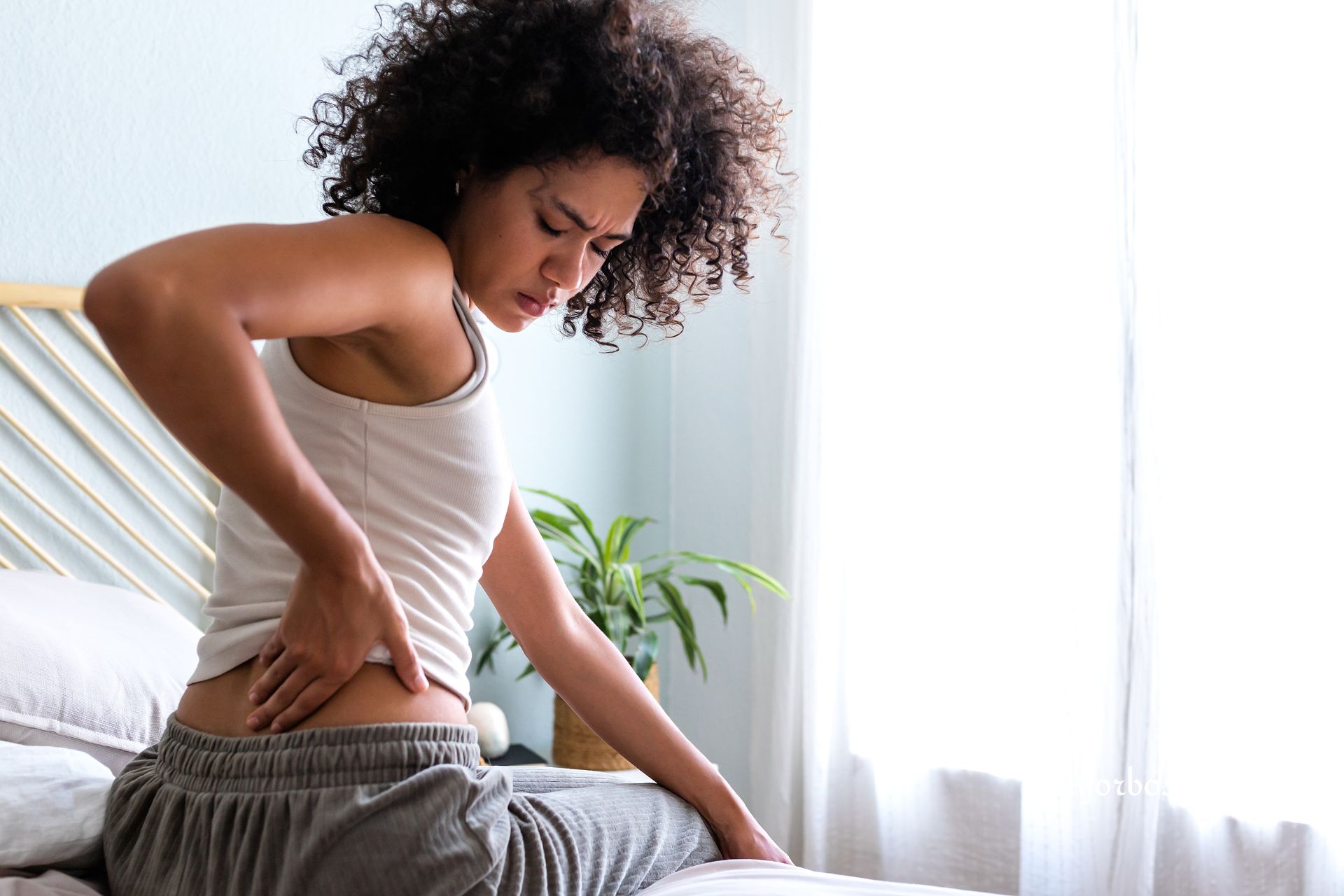Why Does Your Back Hurt After Throwing Up?
Vomiting, or throwing up, can be an unpleasant and sometimes even violent experience. While we usually focus on the nausea and stomach discomfort, it’s not uncommon to feel back pain afterward as well. There are several reasons why your back might hurt after throwing up, and while most are not serious, it’s important to identify the cause to find relief.

Common Causes of Back Pain After Vomiting
Here are the main reasons you might experience back pain after a bout of vomiting:
- Muscle Strain: The act of vomiting involves forceful contractions of your abdominal muscles, as well as the diaphragm and muscles in your chest. This repetitive, intense exertion can easily strain or even tear the muscles in your back, especially the ones in your lower and middle back.
- Radiating Pain from the Stomach: When you have a severe stomach issue, such as a virus or indigestion, the pain can travel from your stomach and radiate outward. This includes discomfort radiating towards your back.
- Acid Irritation: Vomiting brings harsh stomach acids up through your esophagus (the tube leading from your mouth to your stomach). These acids can irritate the delicate lining of your esophagus, causing soreness and inflammation that feels similar to back pain, particularly in the middle of your back.
- Kidney or Gallbladder Problems: Occasionally, back pain along with nausea and vomiting might signal a more serious issue with your kidneys or gallbladder. Kidney stones, kidney infections, and gallstones can all produce these unpleasant symptoms.
- Pancreatitis: This is an inflammation of the pancreas, an organ involved in digestion. Besides back pain and nausea, it may cause tenderness in the abdomen.
- Appendicitis: Inflammation of the appendix typically starts with pain concentrated near the belly button that travels to the lower right abdomen. However, vomiting, nausea, and even some back pain are sometimes involved.
When Should I Worry About Back Pain After Throwing Up?
In most cases, back pain after vomiting is caused by simple muscle strain and clears up with rest and home care within a few days. However, it’s important to see a doctor if you experience any of the following:
- Severe or unrelenting pain: Back pain that feels severe or doesn’t improve with rest should be evaluated.
- Additional concerning symptoms: This includes things like fever, chills, blood in your vomit, difficulty breathing, or confusion.
- Recent injury: If you’ve had a recent back injury and vomiting caused sudden, severe pain, seek medical advice.
- Chronic back pain: Vomiting may worsen a pre-existing back condition. If you already have chronic back pain, check with your doctor.
How to Ease Back Pain After Throwing Up
Here’s what you can do to relieve back pain after a vomiting episode:
- Rest: Give the strained muscles in your back and abdomen time to heal. Lying down can be helpful, with knees slightly bent.
- Over-the-counter pain relievers: Medications like ibuprofen or acetaminophen can reduce pain and inflammation.
- Hydration: Vomiting can dehydrate you. Drink plenty of clear fluids like broth, water, and electrolyte drinks to restore fluid balance.
- Gentle heat therapy: Applying a heating pad or taking a warm bath can relax tense muscles and improve blood flow to the area. If heat makes the pain worse, switch to a cold pack.
- Bland diet: Avoid foods that may further upset your stomach. Stick to simple, easy-to-digest foods like bananas, rice, applesauce, and toast (the BRAT diet) initially.
FAQS
- How long does back pain last after throwing up? Muscle strain related to vomiting usually subsides within a few days. If your pain continues longer or worsens, see a doctor.
- Can throwing up damage your back? It’s possible to severely strain or even tear a muscle in rare cases of particularly forceful vomiting. Be wary of sharp, stabbing pains or severe limitations on your movement.
- Can dehydration cause back pain? While not a direct cause, dehydration can increase muscle tension and spasms, possibly contributing to back pain.
